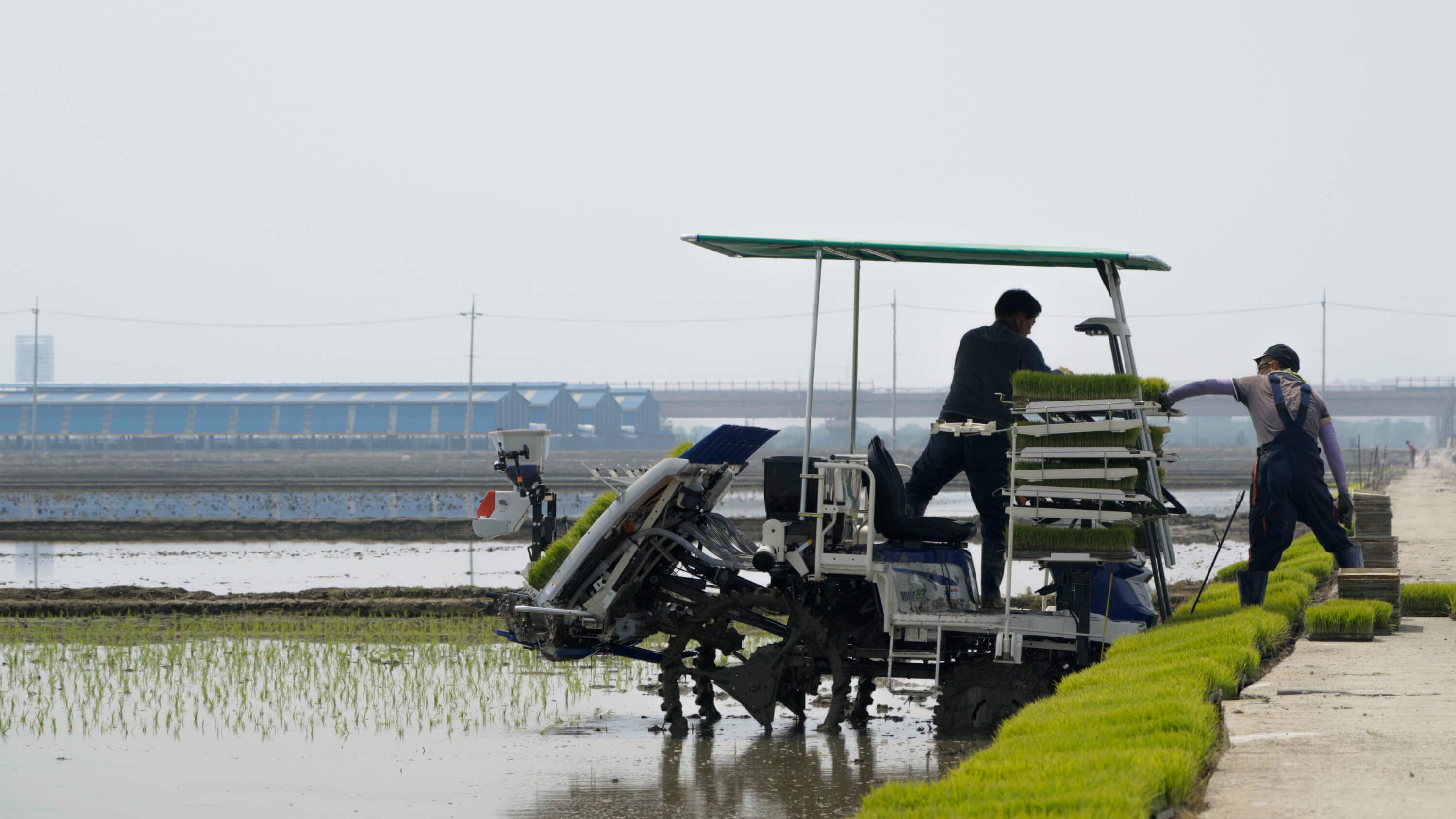How to put your transplanter into long-term storage
Checklist
Front-End Loader
August 3, 2021The rice transplanting season just passed, and now it’s time to put your machine away. It is necessary to store your rice transplanter safely after performing the required inspection and maintenance, so your machine is just as productive for the next season.

Use this checklist as a guide to complete the process:
- Look closely for any foreign substances caught in moving parts of the transplanter. In particular, check the insert, rotary case, and rotor and remove any organic material or debris.
- Clean foreign substances such as dirt and dust on all major portions of the transplanter by washing with water.
- After washing, wipe clean with a dry cloth.
- When storing, utilize a separate indoor shed or choose a flat, well-ventilated area that is protected from rain, snow and direct sunlight, with low temperature and humidity.
- Turn off the engine and apply the parking brake. Then, remove the ignition key.
- Inspect for missing parts, worn or broken parts, and loose bolts and nuts.
- Lubricate all moving, rotating and sliding components.
- Grease portions that are prone to rust.
- For gasoline-powered models, drain any remaining fuel from the fuel tank, fuel filter, and carburetor, then try start the engine to ensure that the fuel is completely removed.
- For models using diesel, fill the fuel tank with new fuel to avoid moisture build-up.
- Lower the planting arm and set the hydraulic lock lever to ‘fixed’. Fold away the seedling racks.
- To prevent unwanted deformation or warping, do not place objects on the cradle or auxiliary cradle.
- The coolant in the radiator should be changed. When storing the coolant after removing it, do not forget to add coolant before use for the next year.
- If the rice transplanter needs to be stored with the battery installed, be sure to disconnect the negative terminal (-) or remove the battery completely and store in a dry place.
Now that your TYM transplanter has been stored safely, you can expect optimal performance and productivity for the next transplanting season.